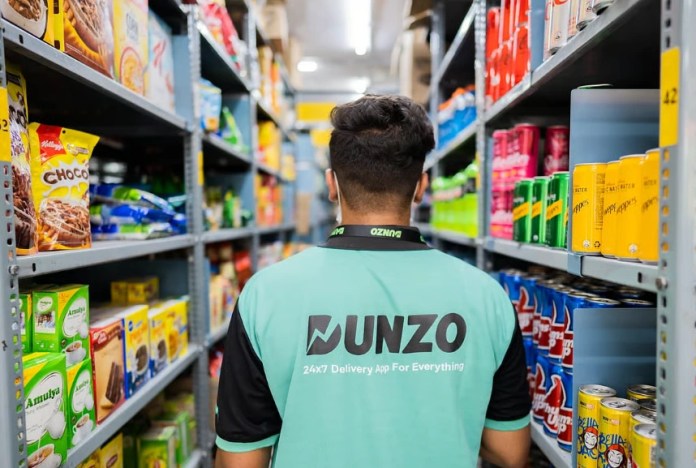Let’s go back to the year 2014 for a minute. Dunzo had started with a simple idea revolving around convenience. How convenient would it be if you could Whatsapp someone to run errands for you? Need groceries? Forgot your laptop back at your friend’s place? Just “Dunzo it”. The idea was strong, personal and practical. Founders led by Kabeer Biswas made this possible. People all over the country used it, trusted it and in no time Dunzo had built a loyal customer base.
This was already a great deal. To top it all off, Dunzo was the first Indian Startup to receive a direct investment from Google. This movement highlighted Dunzo’s place and work and it was even considered a serious contender in India’s growing digital services market.
The Growth Years: From Errands to Everything
If I had to describe its growth in one word, I would use the word steady. It expanded steadily, it started from a personal errands service and then it evolved into a hyperlocal delivery platform. Pet food, groceries, charger, medicines, just name it and Dunzo delivered it to your door step. It really grew when the country started depending on delivery apps for comfort and convenience.

But then came the shift.
The Game-Changer (and Game-Breaker)
India in the years 2020-21 saw a major surge in “quick-commerce”. The attraction towards the promise of delivery in 10 minutes, was nothing short of crazy. Why would anyone want to wait for 45 mins. When companies like Blinkit promised to deliver anything within 10 minutes. Companies like Blinkit, Zepto and Swiggy Instamart came in strong, and with well-funded war chests. This is why another upcoming startup called Otipy saw its downfall. It couldn’t match what these platforms offered.
But, Dunzo’s story is a little different. It tried to have a stand in the competition. It responded with Dunzo Daily, its version of quick-commerce. And in order to make it work, it launched dark stores. Which were mini warehouses that were managed

As reported by Scroll.in, Dunzo operated with 120 dark stores in 15 cities and in comparison other companies usually operated with 1000 stores.
Funding Boosts and Burnouts
In the year 2022, Reliance made a strategic move, it acquired 25.8% in Dunzo by investing $200 million. The idea behind the move was simple, Reliance wanted to mark its place in e-commerce. Flush with cash, Dunzo decided to launch a massive IPL advertising campaign which cost them 40 crores. On the surface everything was working, the traffic spiked, downloads had increased to a significant number. But there were things unravelling beneath the surface.
So What Went Wrong?
1. Mismanagement
Dunzo’s leadership started losing its transparency. It led to delay in salaries, breaking of the trust that had been built over the years, and even lack of communication. To top things off, even Reliance eventually wrote off its $200M investment.
2. Operational Challenges
Even though Dunzo adapted to the quick commerce and wanted to stay in the competition. Having 120 stores in 15 cities is a very big deal. It thus struggled with managing the stores. It faced a lot of issues like poor rider support, operational challenges and even the customers complaints were on a rise. What stretched its problems even further was it supporting JioMart, when in the first place it did not have enough resources to work with.
3. Fierce Competition
Dunzo’s rivals- Zepto, Instamart, Blinkit scaled very quickly while on the other hand Dunzo struggled to grow on such a big scale. It lacked on various factors such as speed, pricing and even in product variety. In short it lost direction while focusing on two different business models.
What Dunzo’s Story Teaches Us
1. Stay True to Your Core
Dunzo started with a simple goal, it wanted to be a hyperlocal enabler, wanted to help small businesses and solve real problems. And this was working well, but by pivoting to a business model that required heavy infrastructure it burdened itself with a lot of problems. It lost its touch, which once made it unique, in this process.
2. Scale Smart, Not Fast
Thinking about the operational issues that one might encounter is the way to go. Rapid expansion without a strong hold on operations is a recipe for disaster. Dunzo tried to match much bigger rivals in speed, but it wasn’t even prepared or ready.
3. Money Can’t Fix Strategy
The $200 million investment of course helped with visibility but it couldn’t compensate for a flawed execution plan or even the poor leadership.
4. Execution is Everything
Quick Commerce is brutally competitive. As Elara Capital’s Karan Taurani said, “It’s not just about investment. One needs 3 things- best-in-class people, technology, and assortment. And in the end Dunzo clearly lacked in all the three.



